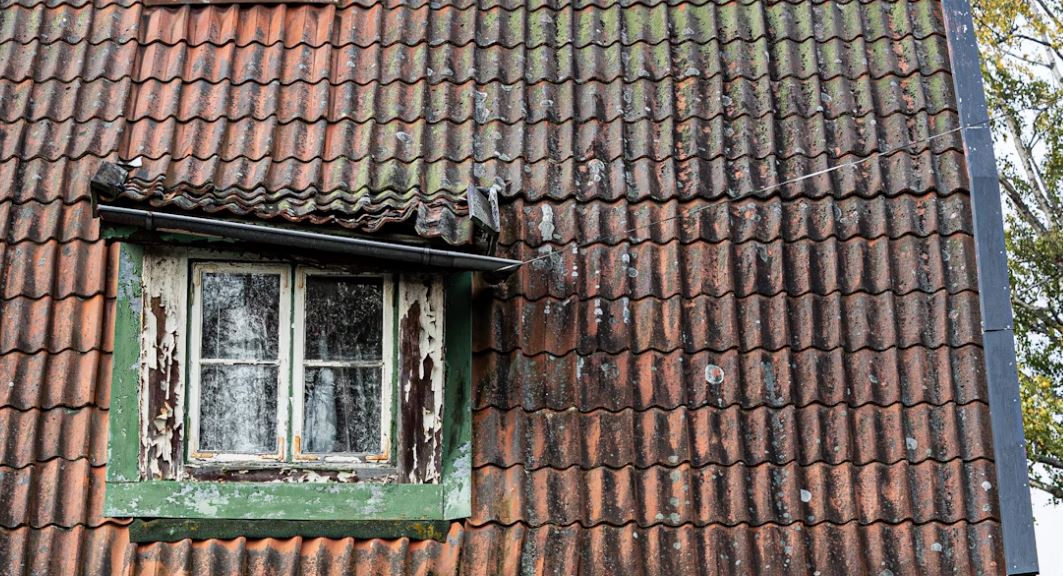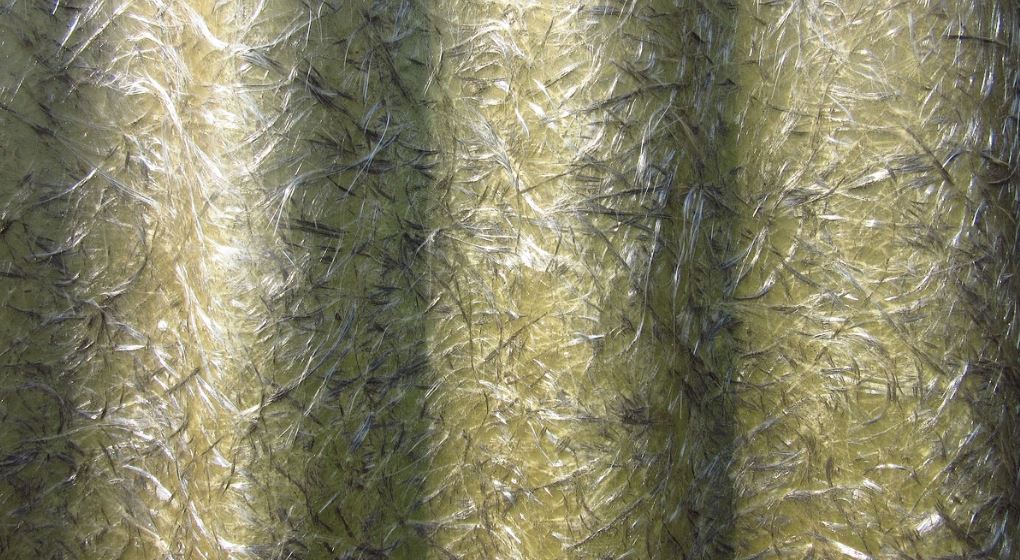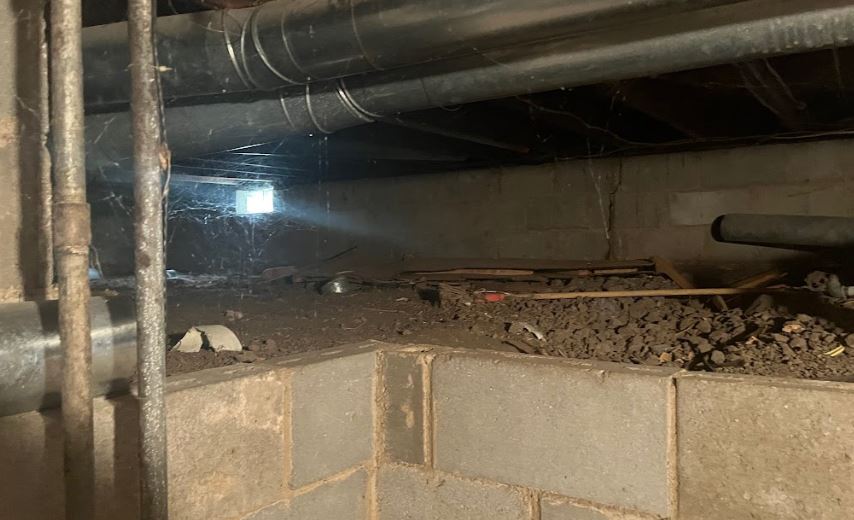So you've inherited an older house and you're thinking of selling it. Great!
But before you put up the "For Sale" sign, there's something important you need to check - hazardous materials.
Back in the 90s, and before, a lot of household items and building materials had hazardous substances that people did not know about.
These substances can cause serious health and environmental issues.
Plus, they can also make selling your home more difficult.
In this quick guide, I’ll give you a rundown of the 8 most common household hazardous materials, their potential impacts, and tips to identify these.
#1 Asbestos
Asbestos was a very popular building material back in the day because it is excellent for insulation and protecting against fire.
It was used in construction materials - for insulating pipes and furnaces, in floor and ceiling tiles, roofing shingles, and even siding materials.

But as time went on, studies showed that prolonged exposure to asbestos fibers can lead to some really serious respiratory diseases like asbestosis, lung cancer, and mesothelioma.
Asbestos-containing materials can release microscopic fibers into the air.
The scary part is that these diseases can take many years, even decades, to develop, making asbestos a hidden danger in older homes.
Also Read: Selling a house with Asbestos
#2 Lead And Mercury
Lead and mercury are two heavy metals that can pose serious health risks.
Lead-based paints were commonly used in homes built before 1978 because they were durable and resistant to moisture.
However, lead is a highly toxic substance that can cause severe health problems, especially in children and affect their development and cognitive abilities.
Even low levels of lead exposure can lead to various health issues like
Mercury is often found in older household items like thermostats, fluorescent light bulbs, and certain electrical switches.
Exposure to mercury vapor can cause issues with the nervous system and respiratory system, as well as damage to the kidneys and liver.
#3 Crystalline Silica
Crystalline silica is a mineral that naturally occurs in various construction materials, including concrete, brick, stone, and certain types of insulation.
Also Read: Impacts Of Distressed Properties
When these materials are cut, drilled, or demolished, the silica particles become airborne,
Inhaling crystalline silica dust can lead to silicosis, which is a lung disease that causes scarring and stiffening of the lungs, making it difficult to breathe.
Prolonged exposure to silica dust has also been linked to an increased risk of lung cancer.
#4 Polychlorinated Biphenyls
Polychlorinated biphenyls (PCBs) were once widely used in electrical equipment, such as transformers and capacitors, as well as in building materials.
These synthetic compounds have been linked to various health problems, including cancer and reproductive issues.
It can also suppress the immune system and disrupt the endocrine system.
Because of these reasons, the use of PCBs was banned in the late 1970s. However, they can still be found in older buildings and equipment.
#5 Glass Fiber
Glass fiber, also known as fiberglass, is a common and affordable insulation material.
While it's not as dangerous as asbestos, being around glass fibers for a long time can cause skin irritation, breathing problems, and potentially more serious health issues.
Also Read: Mold And Water Damage In Distressed Houses
When glass fiber insulation is moved or handled incorrectly, the tiny fibers can float in the air and irritate the eyes, nose, and throat.
Breathing in these fibers can cause coughing, wheezing, and trouble breathing.
This is especially true for people who already have breathing conditions like asthma or chronic obstructive pulmonary disease (COPD).

#6 Mineral Wool
Mineral wool, also called rock wool, is another insulation material you might find in older houses.
Just like fiberglass, hanging around mineral wool for too long can cause problems for your skin and breathing because its fibers are sharp and abrasive.
If mineral wool insulation is handled without taking care, those fibers can get into the air and either get breathed in or stuck in your skin, making you feel all irritated and uncomfortable.
Breathing them in can make you cough, sneeze, and have trouble breathing, especially if you've already got lung issues.
#7 Cadmium
Cadmium is a really nasty heavy metal that you might find in some older household items like batteries, paints, coatings, and certain plastics.
It's super toxic if you breathe it in, swallow it, or get it on your skin.
Being exposed to cadmium can lead to some serious health problems like kidney damage, lung cancer, and making your bones weak and soft.
Even if you're only exposed to small amounts over time, it can still cause big issues, especially for your kidneys and bones.

